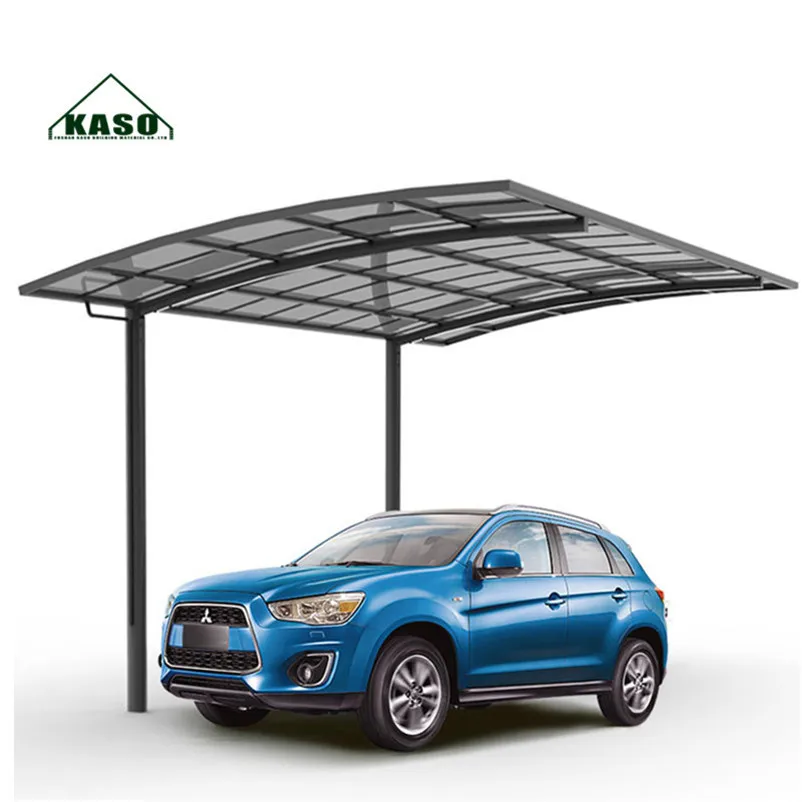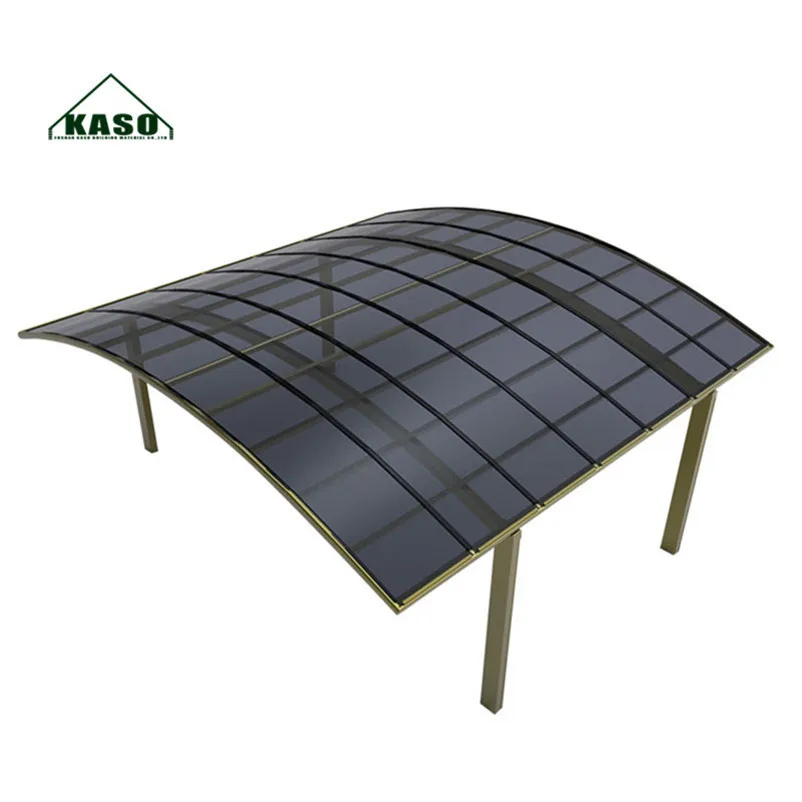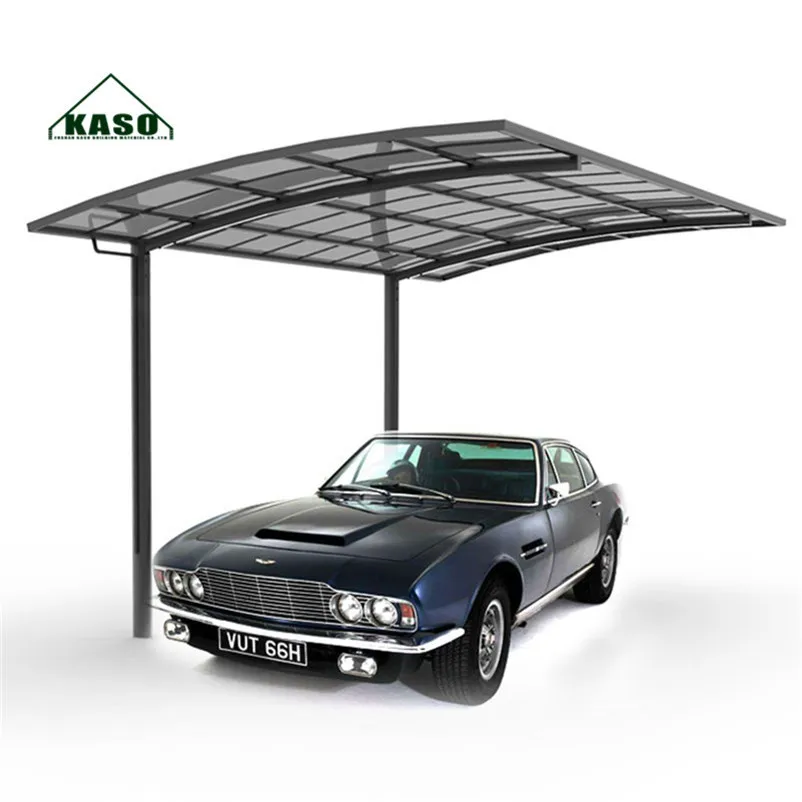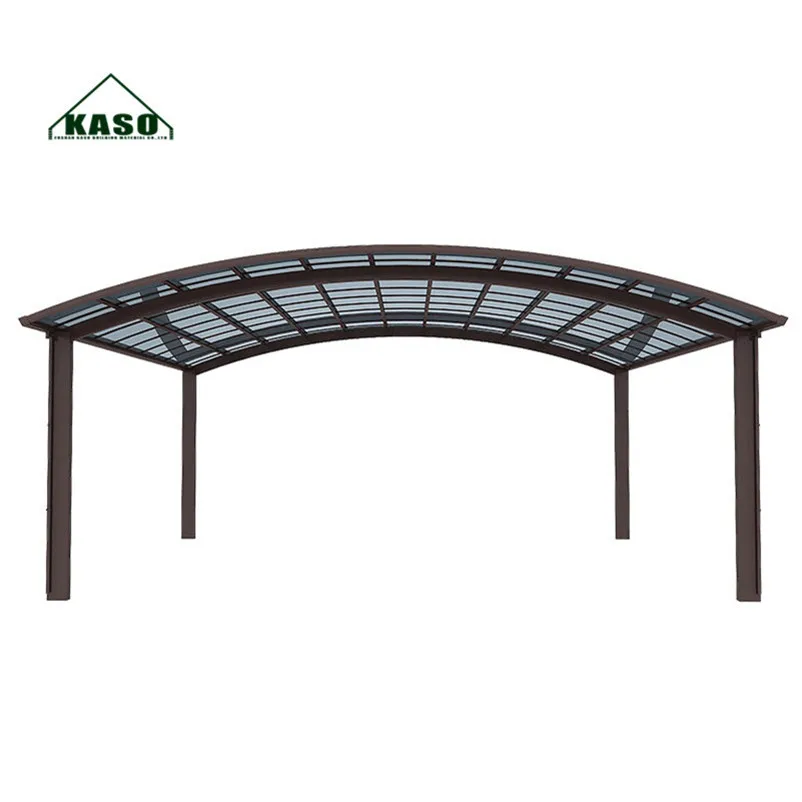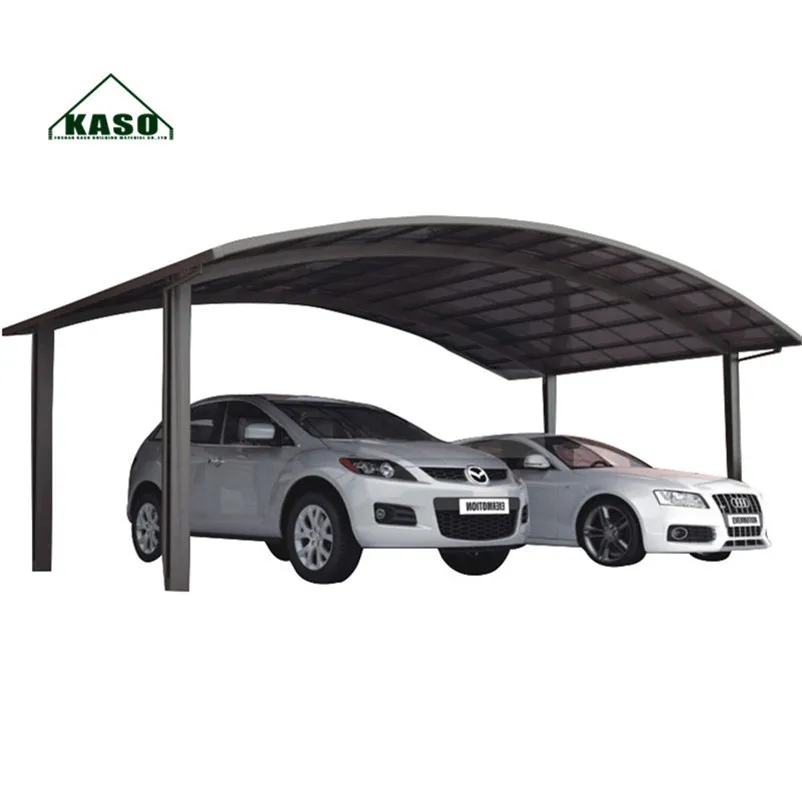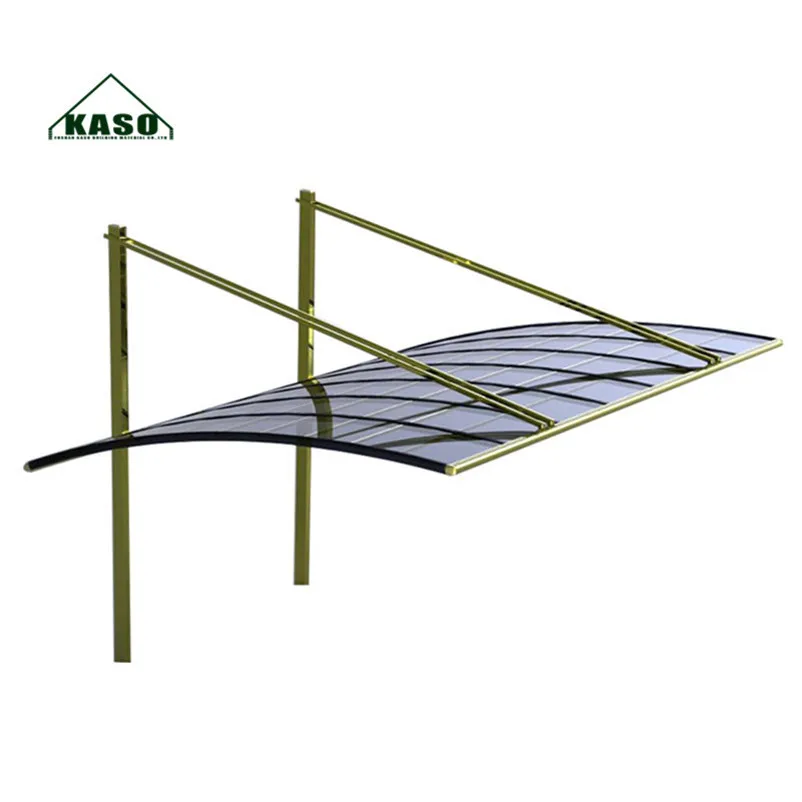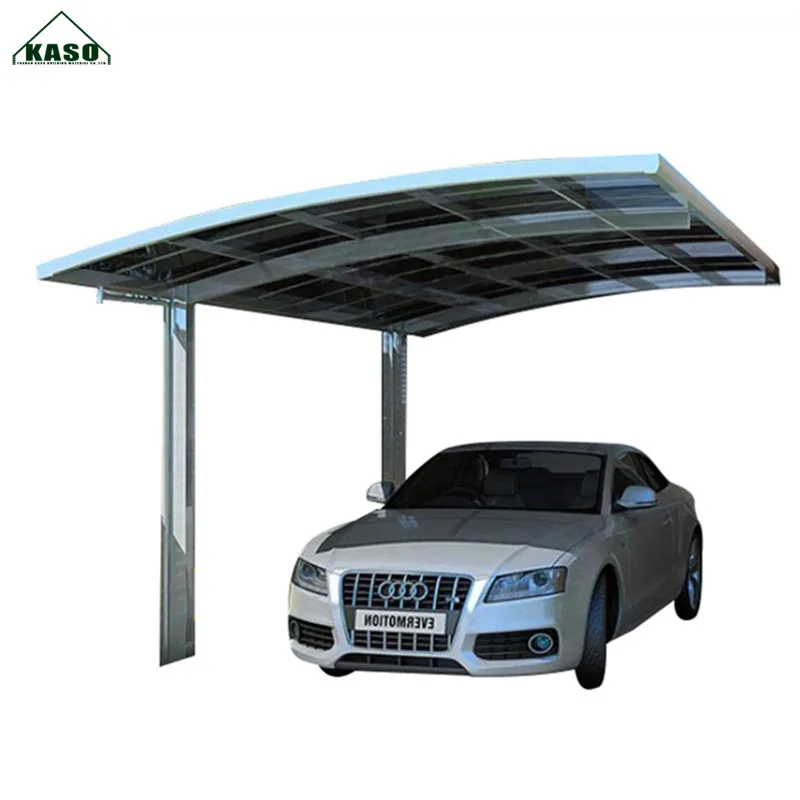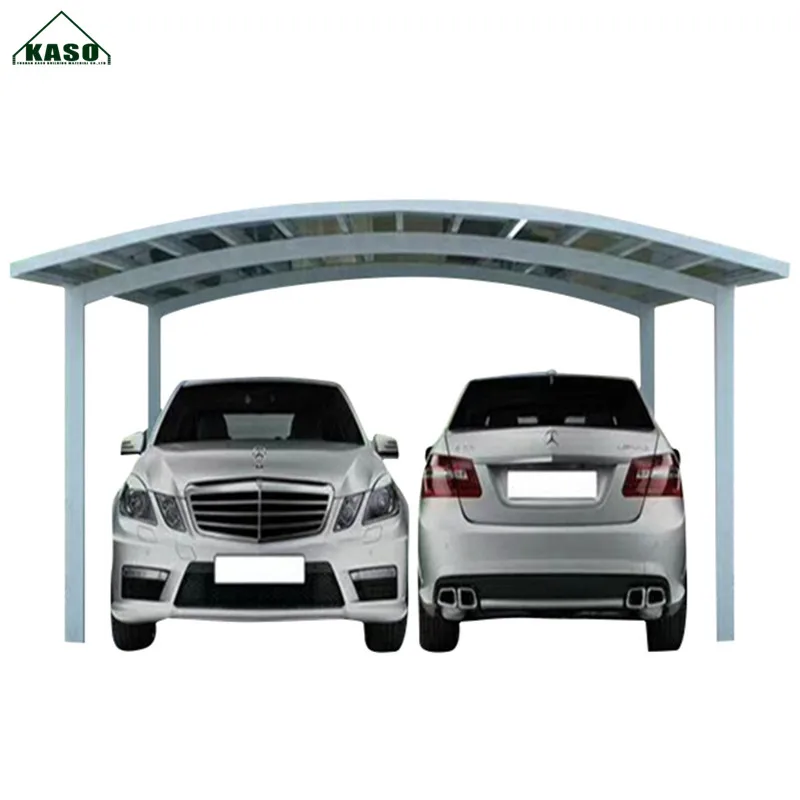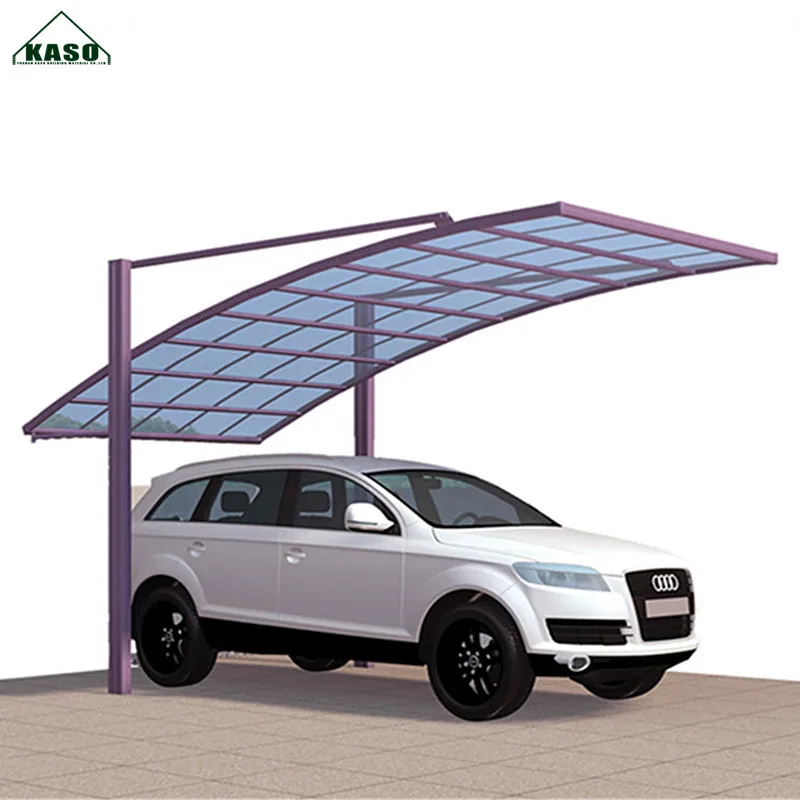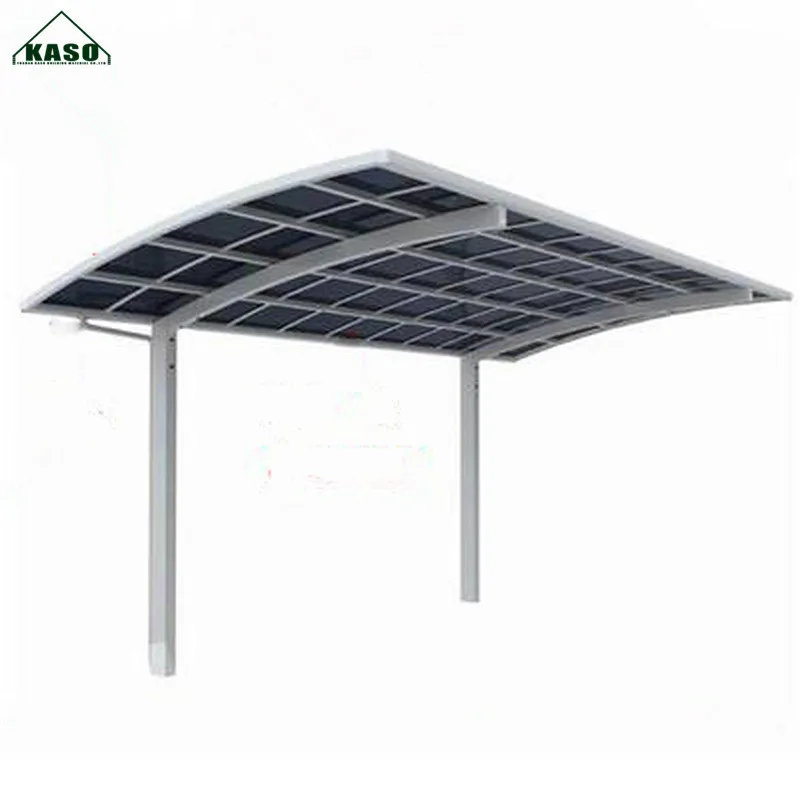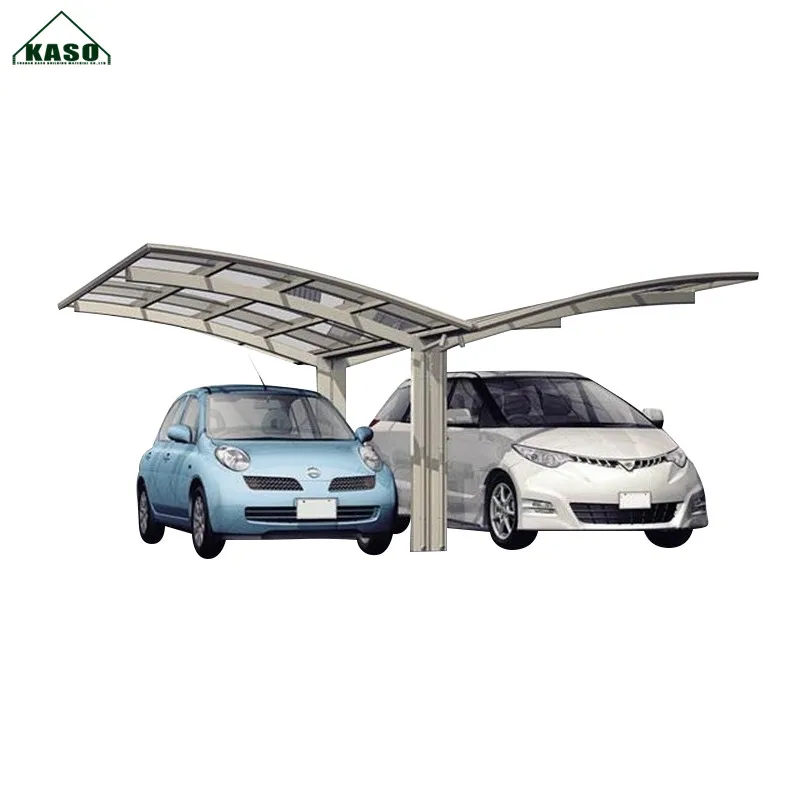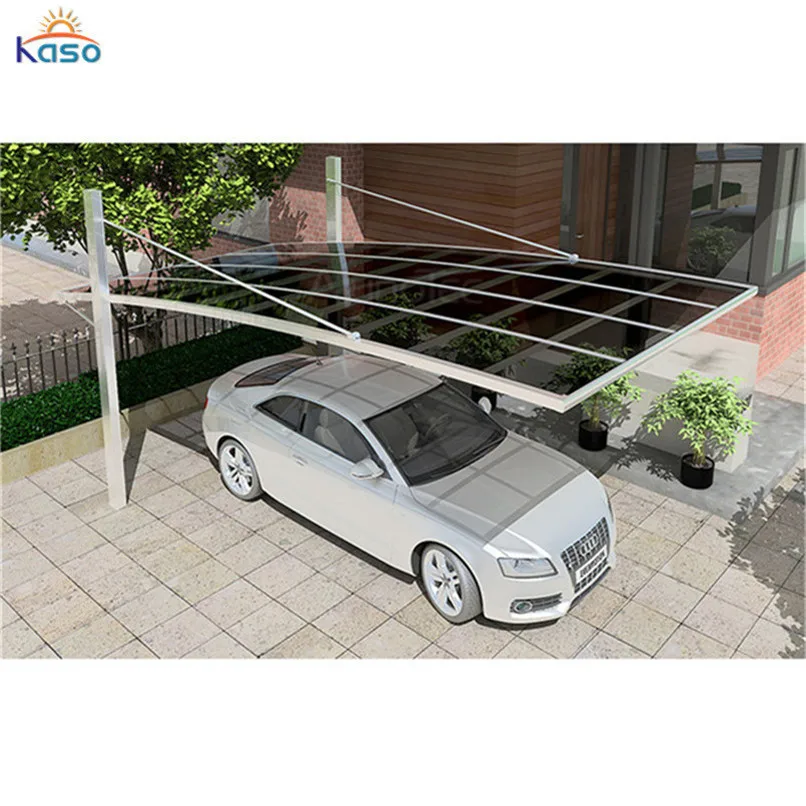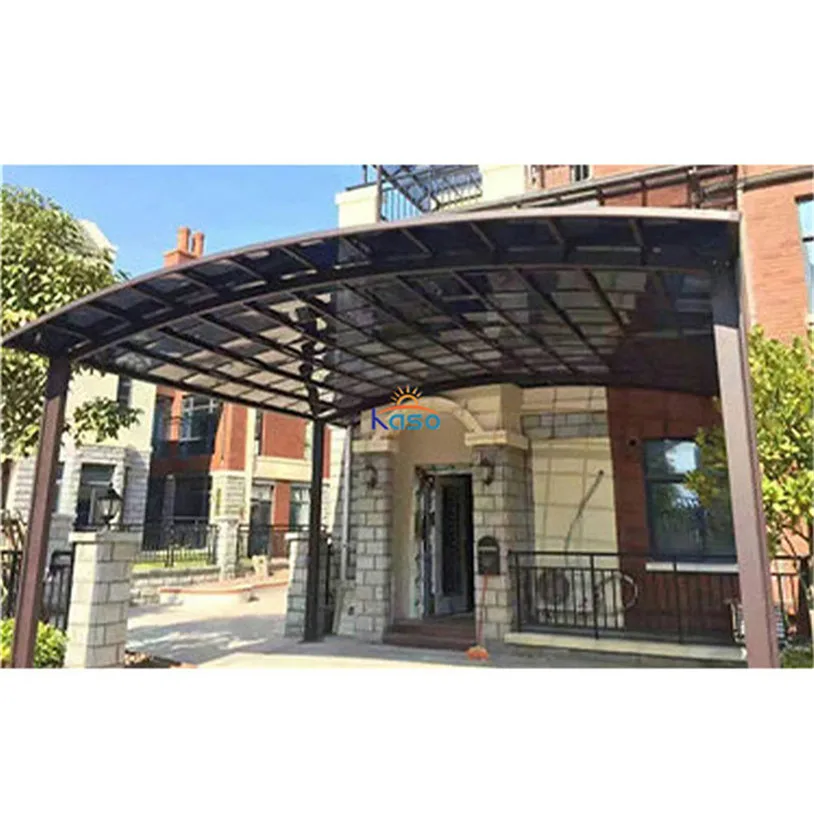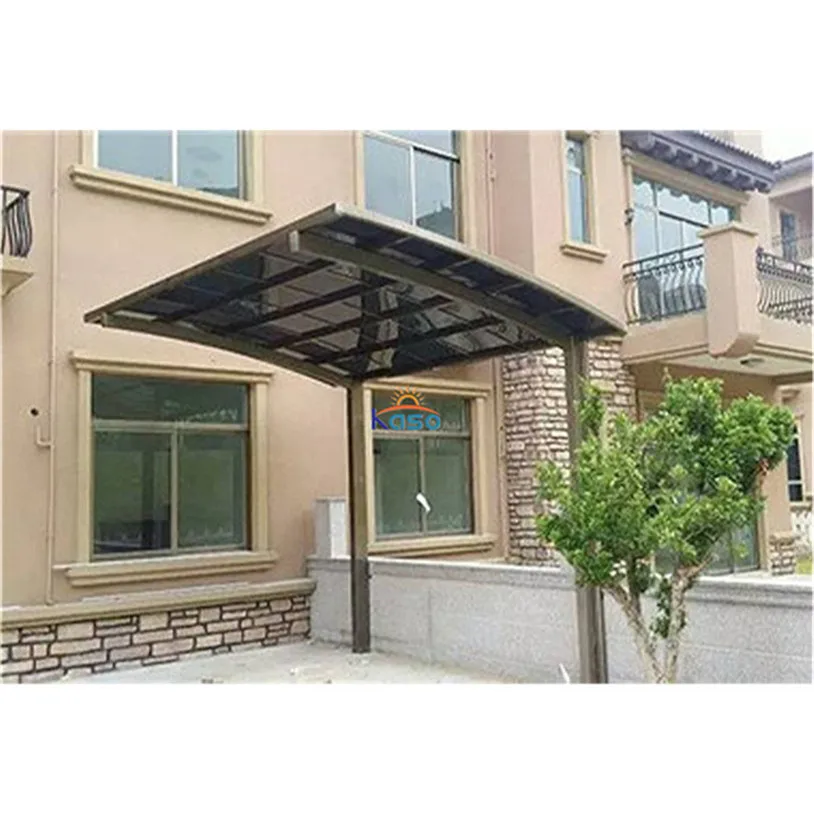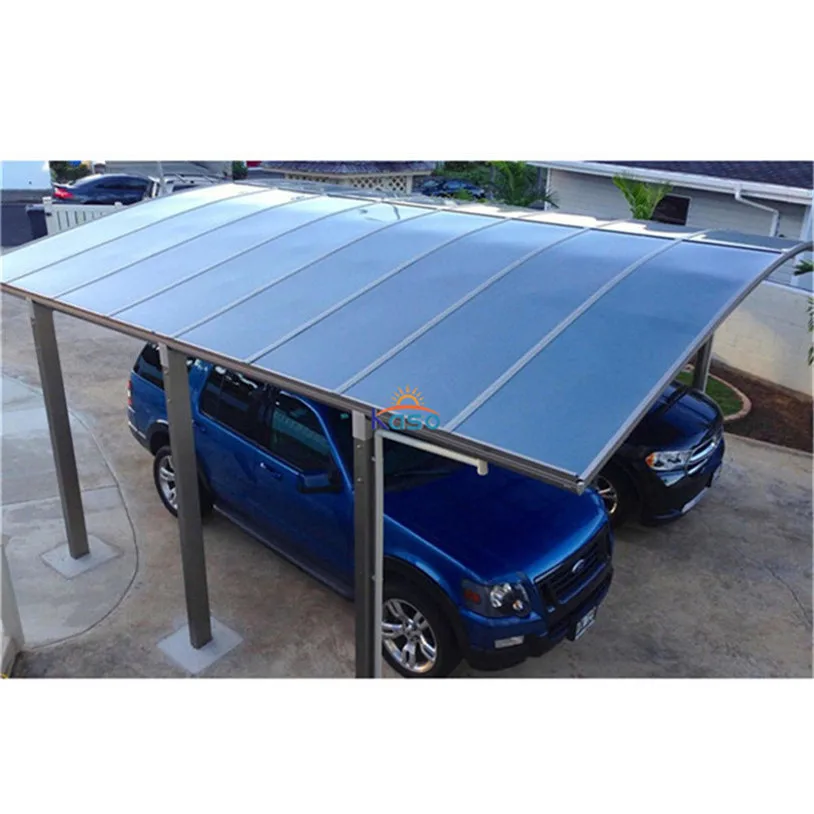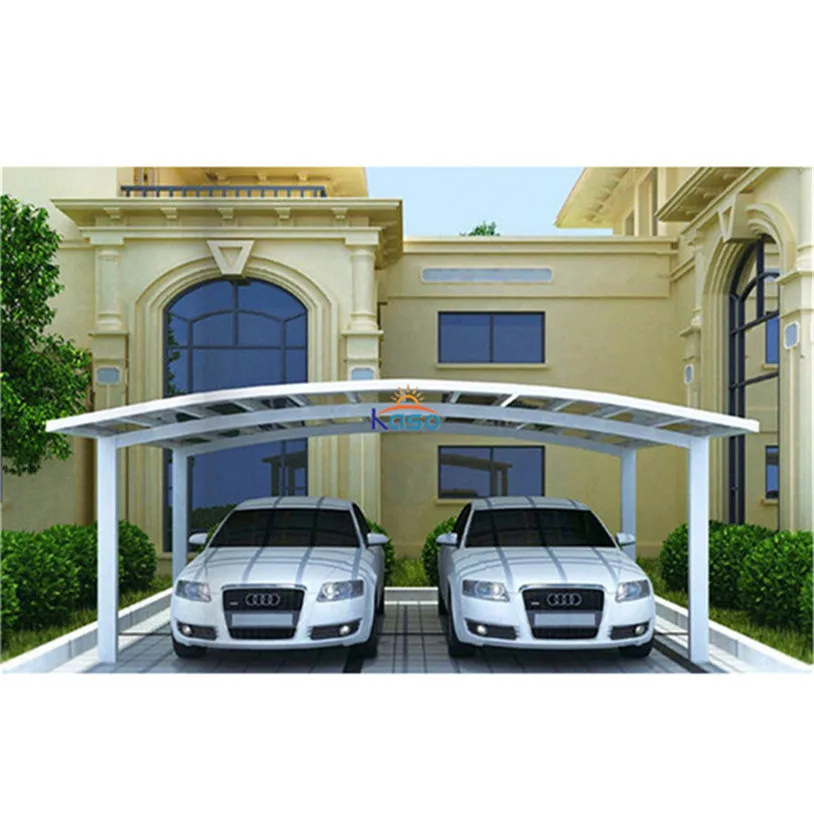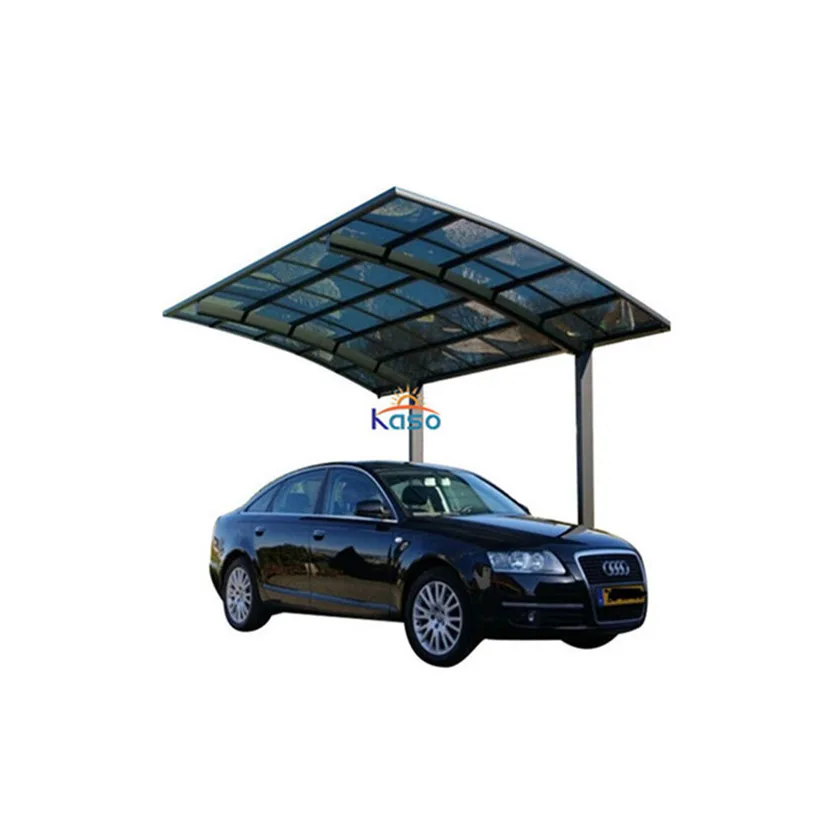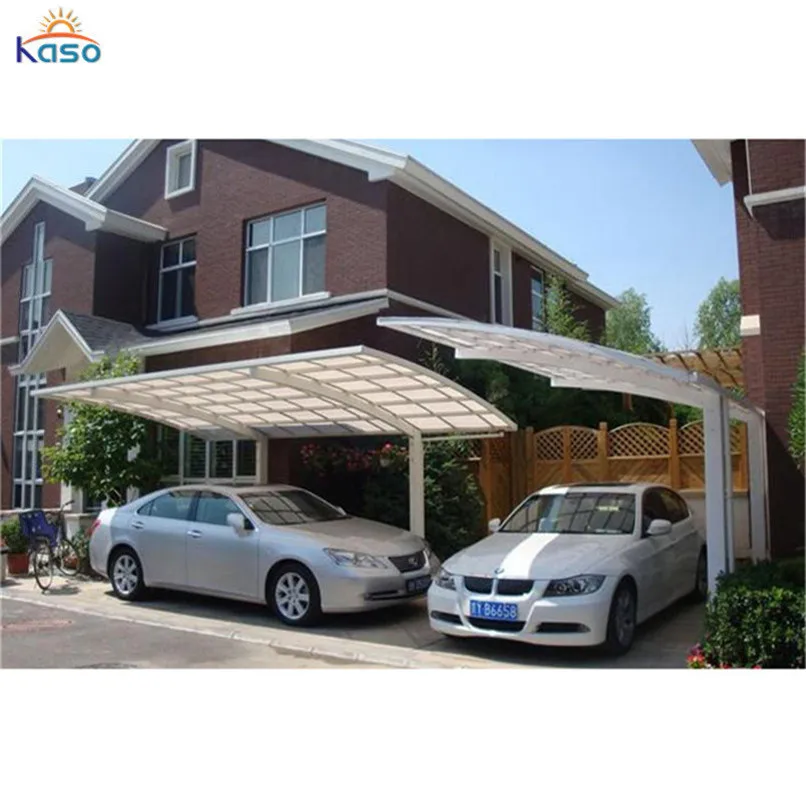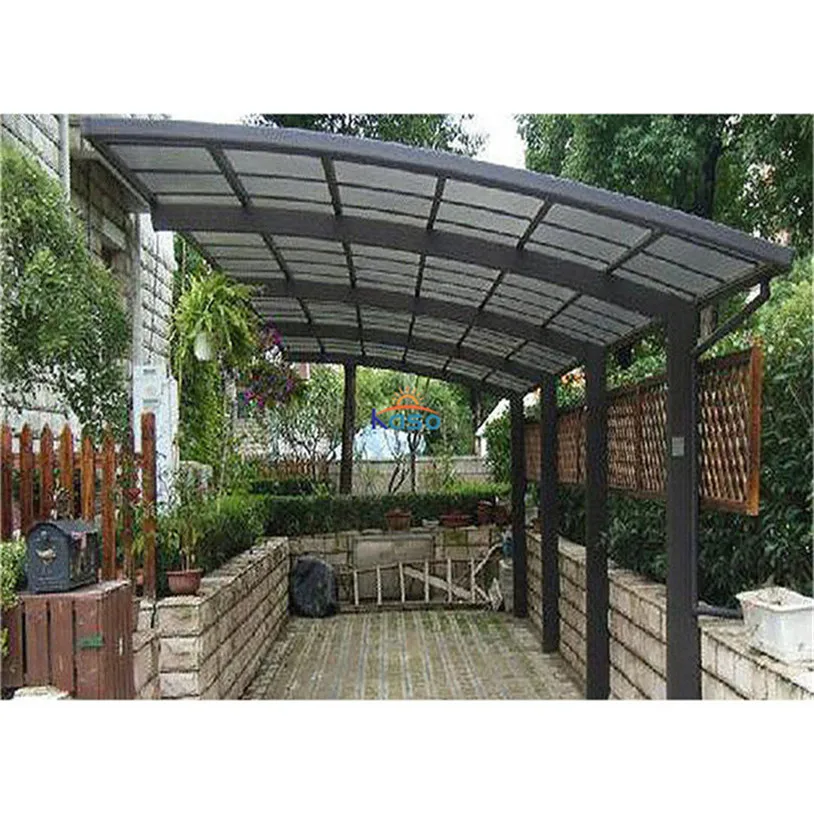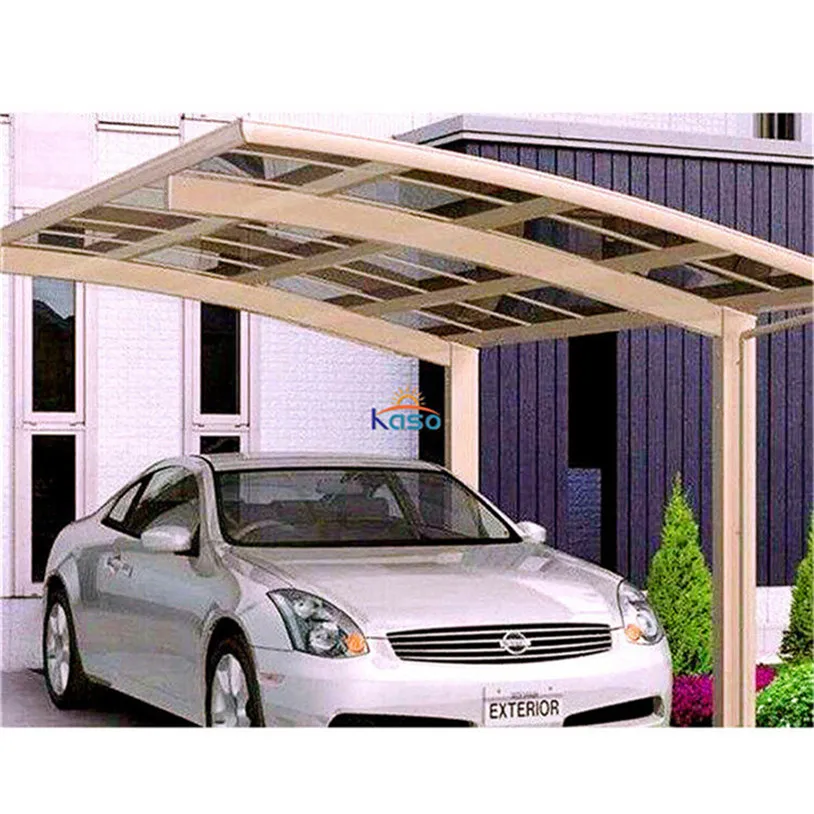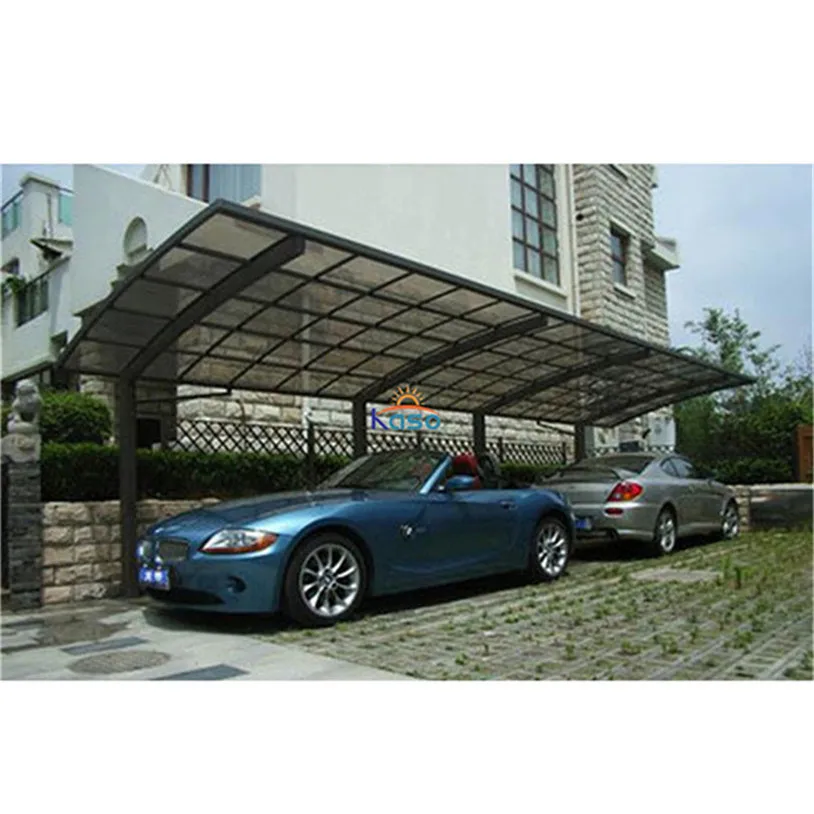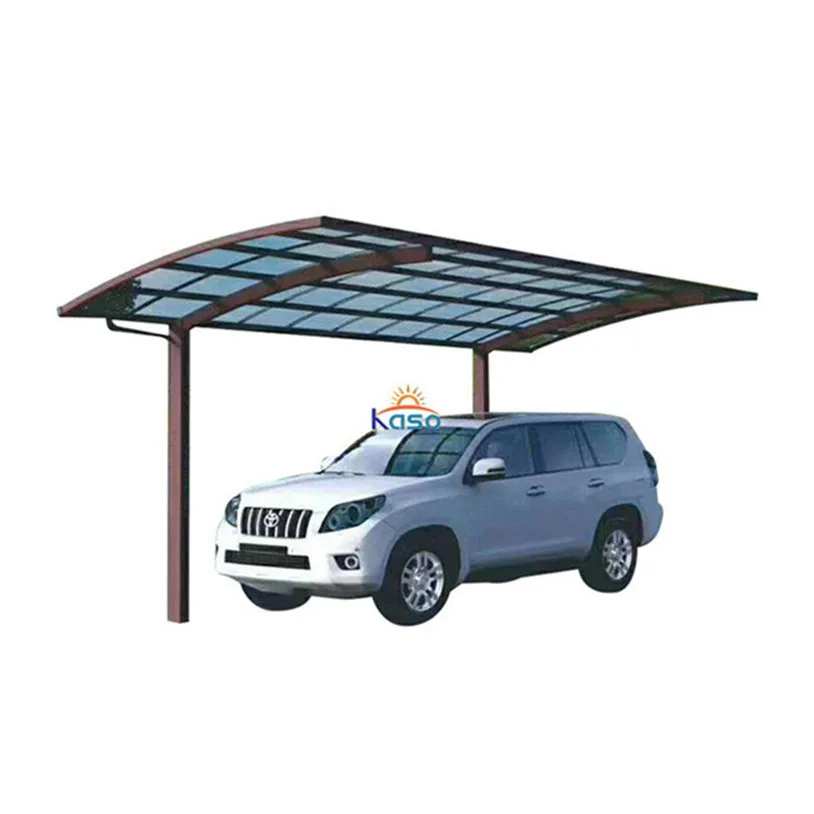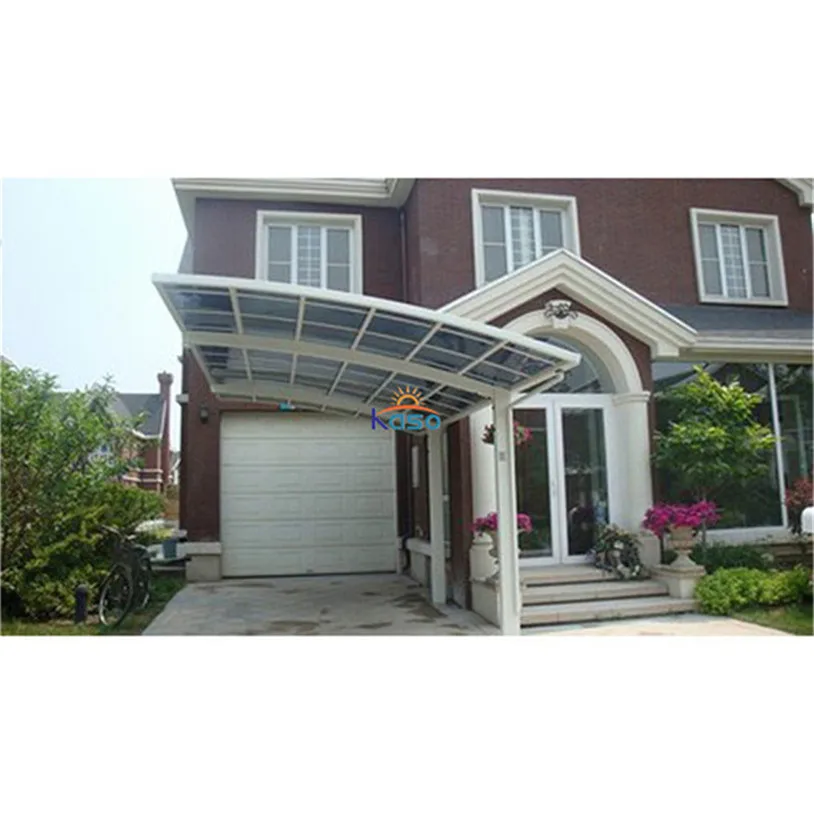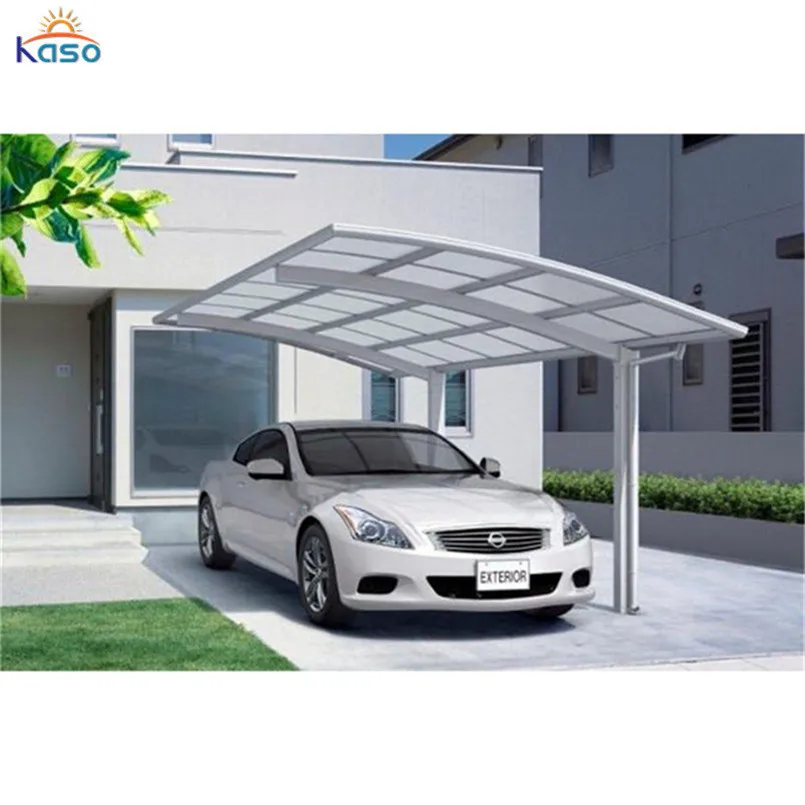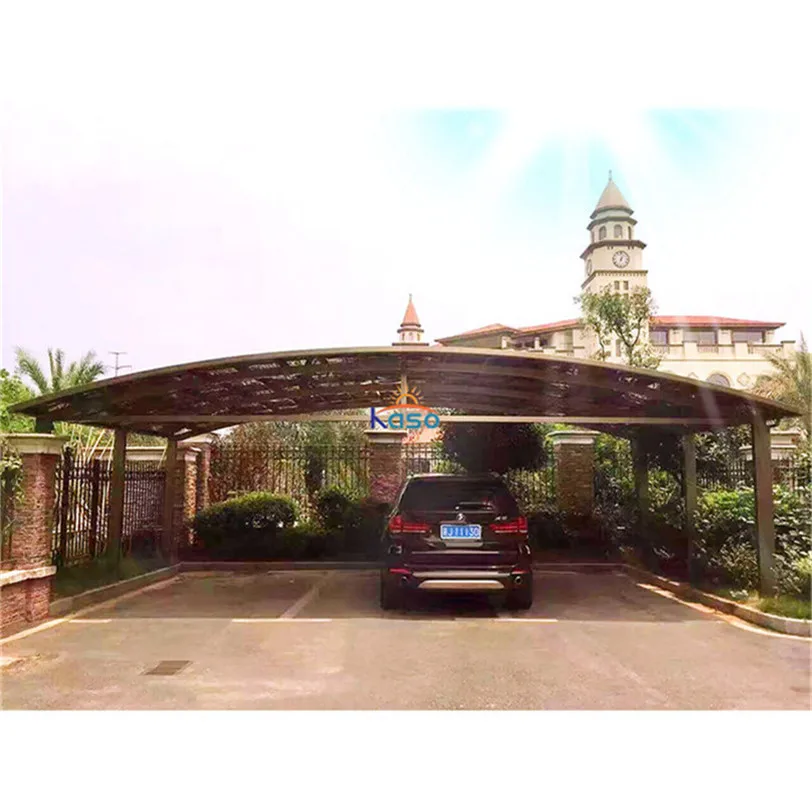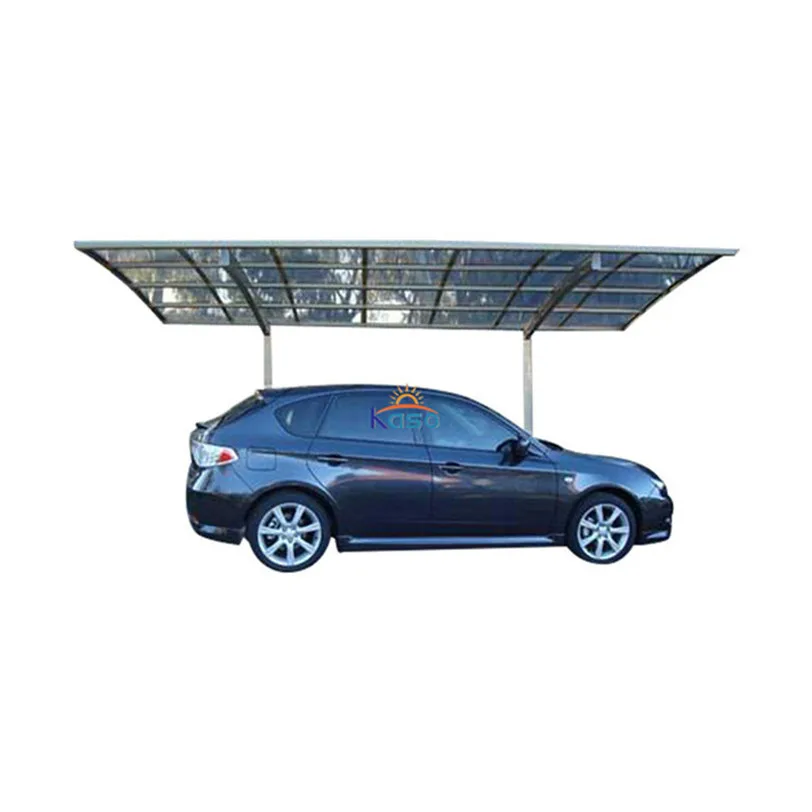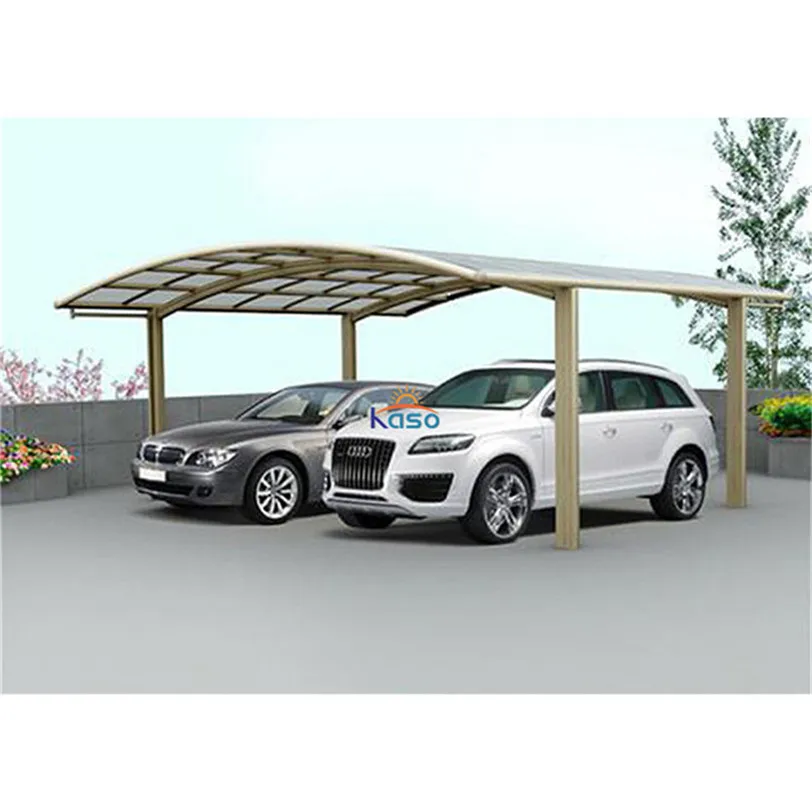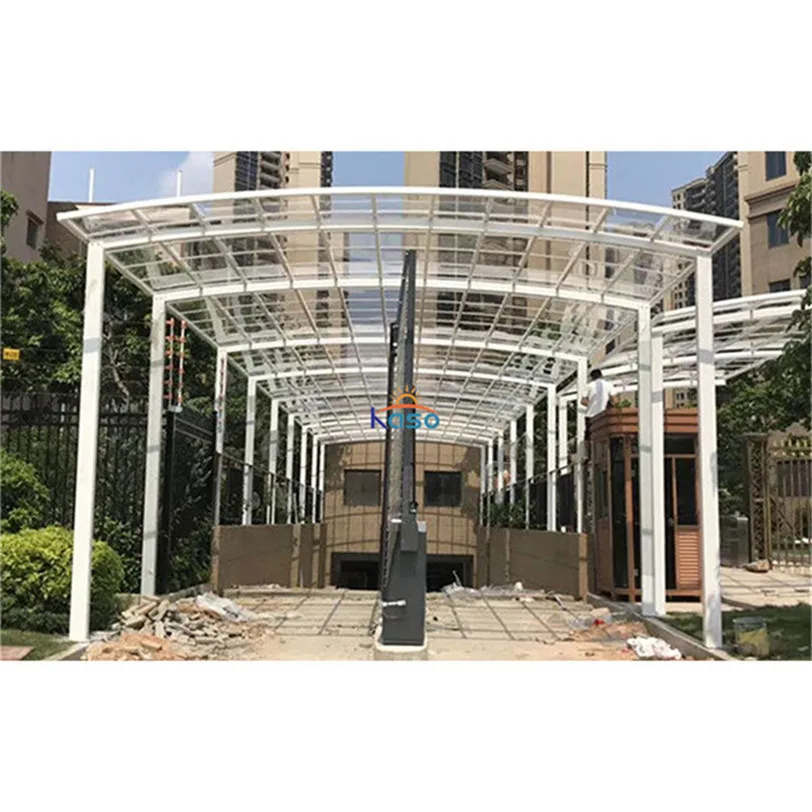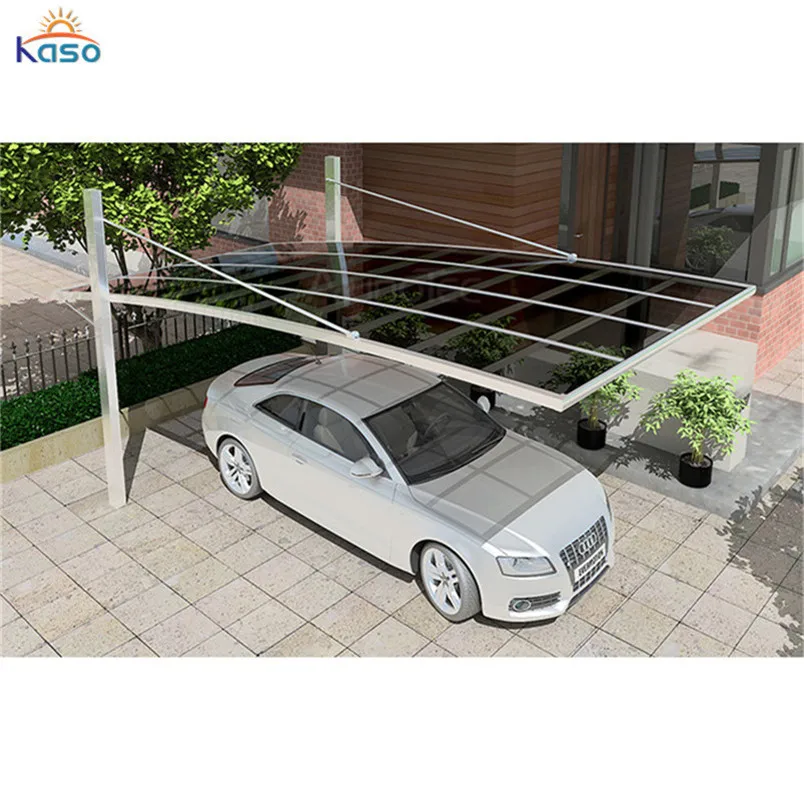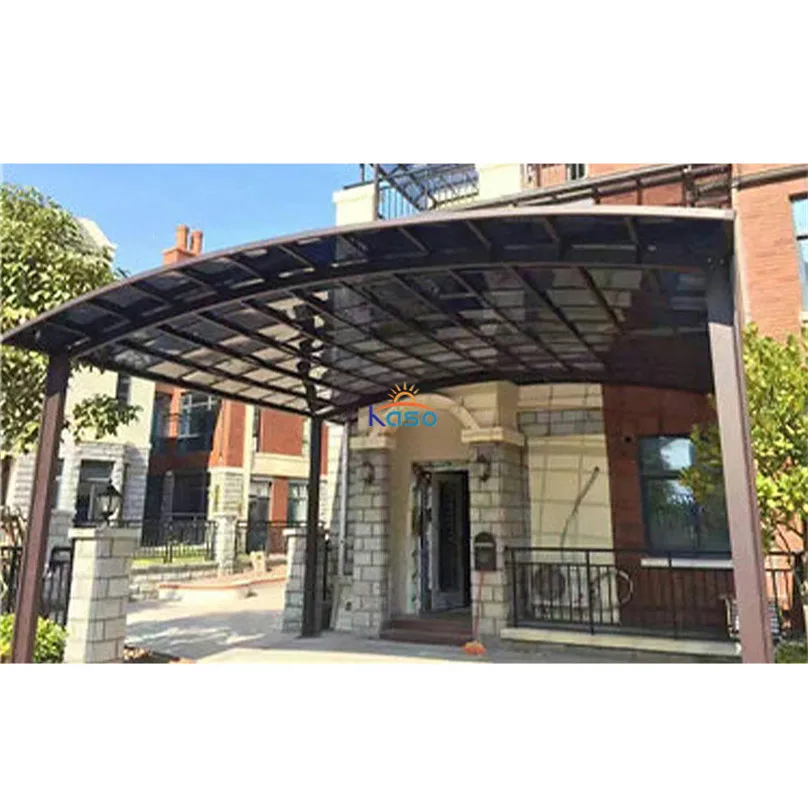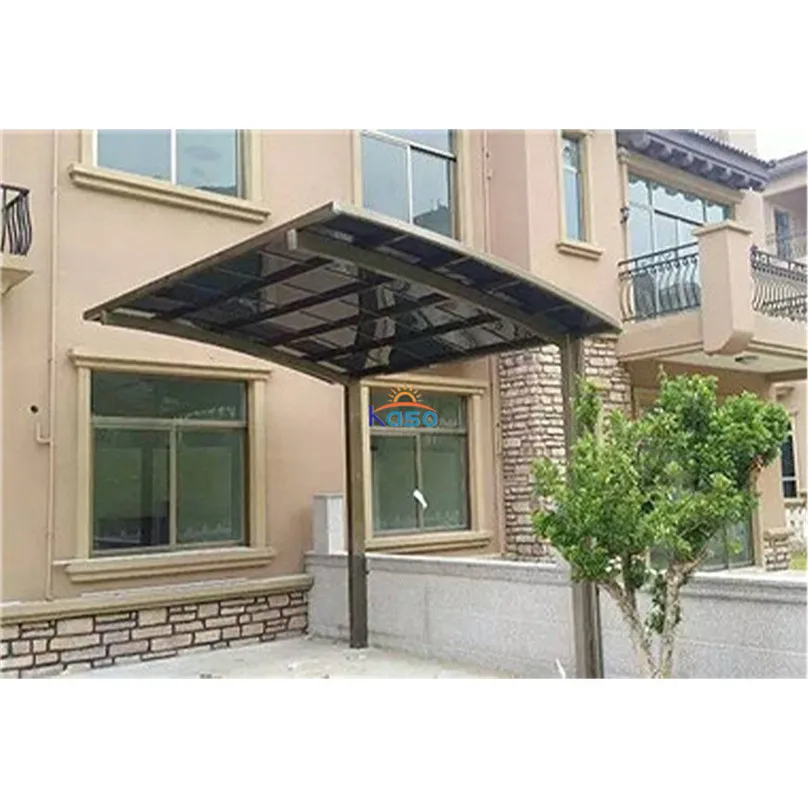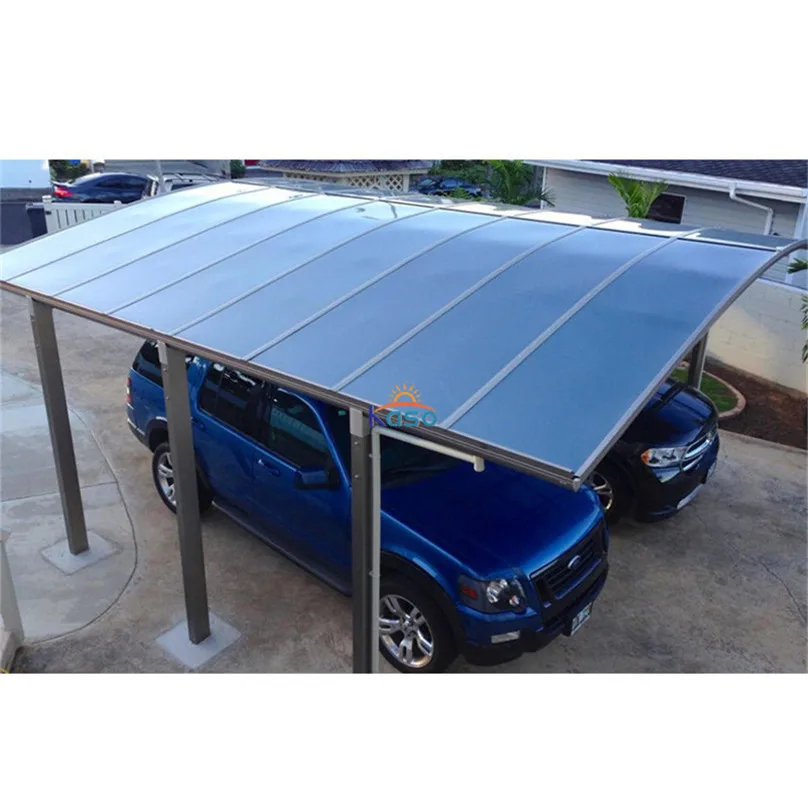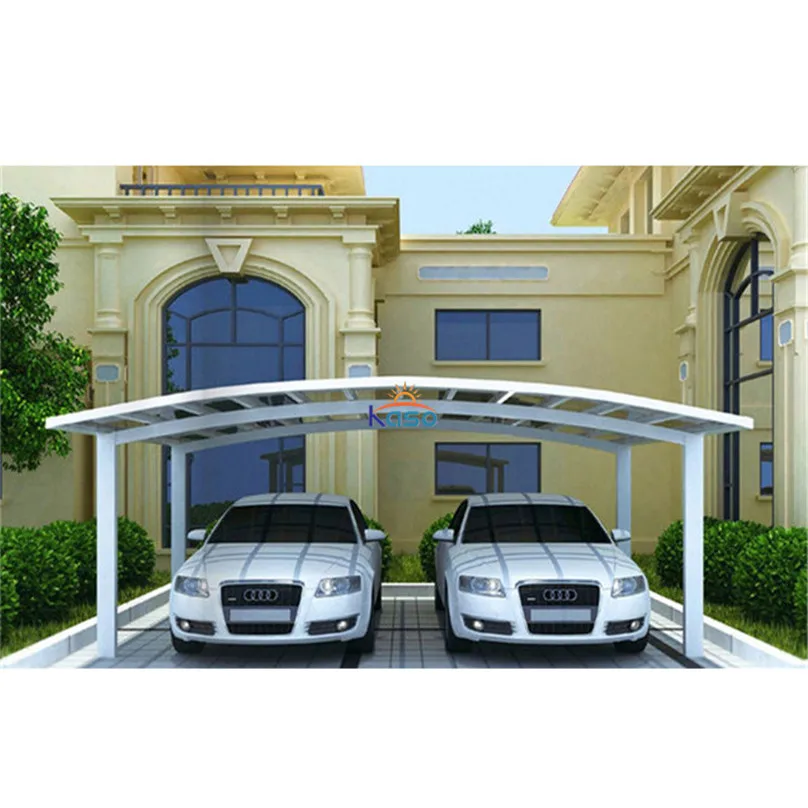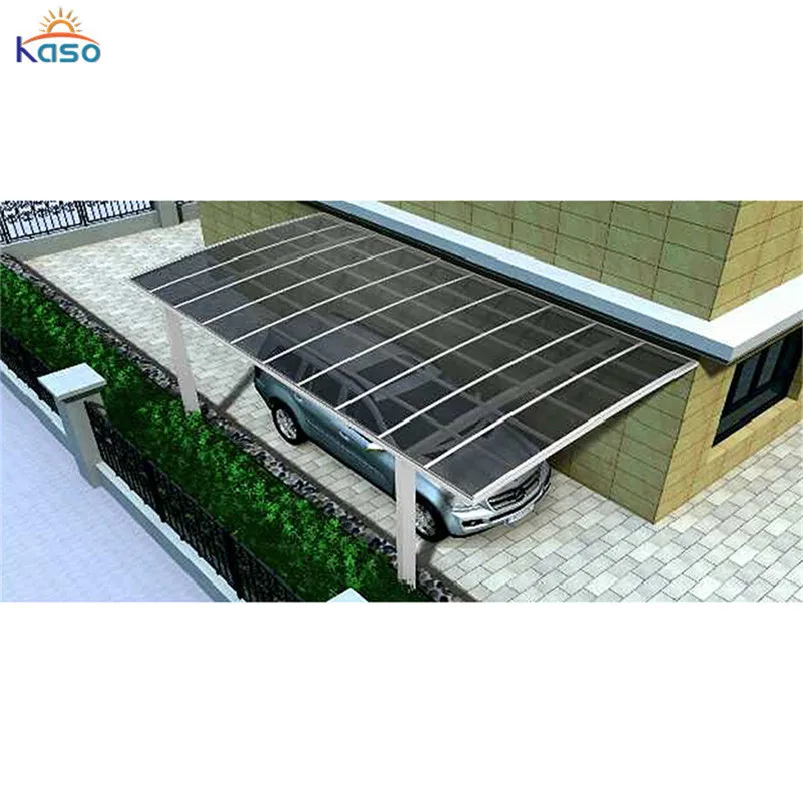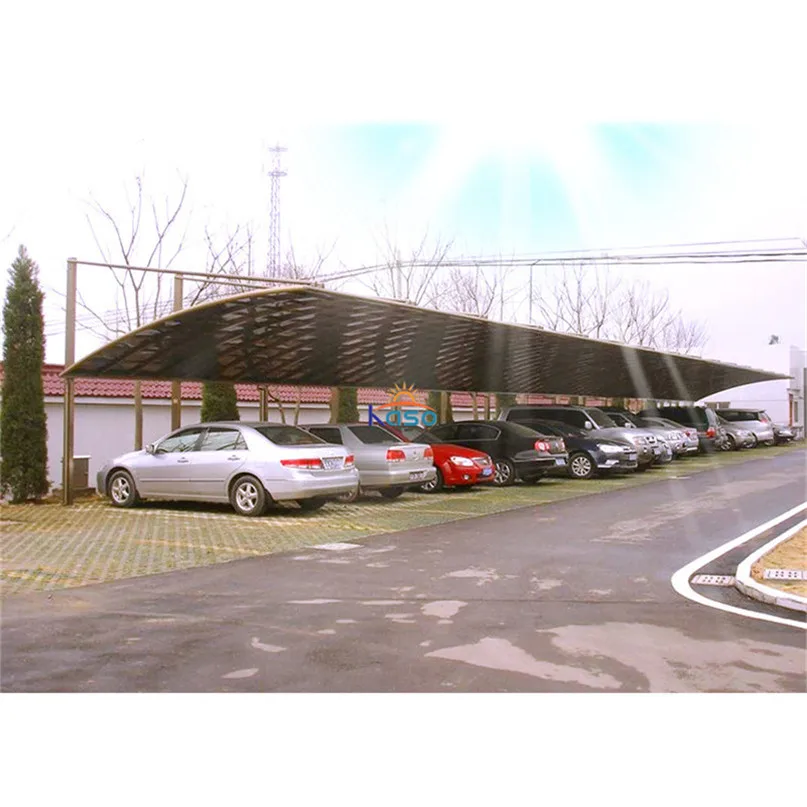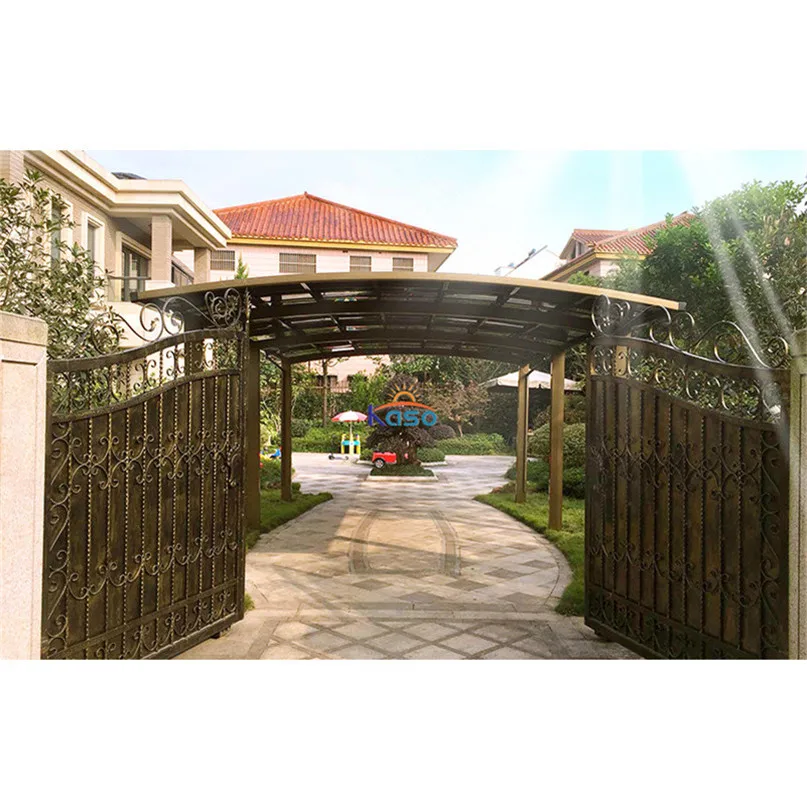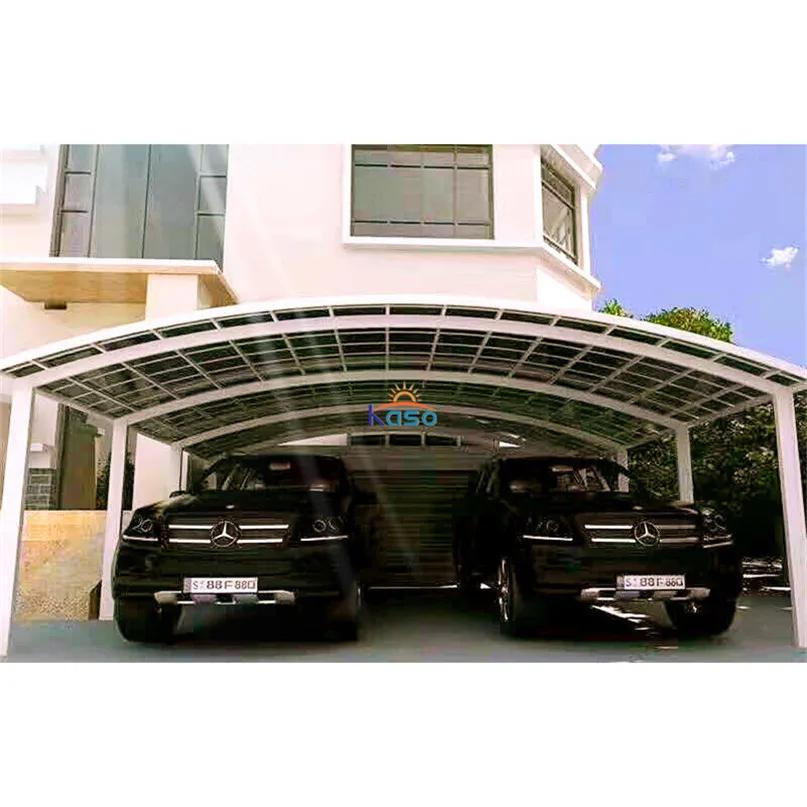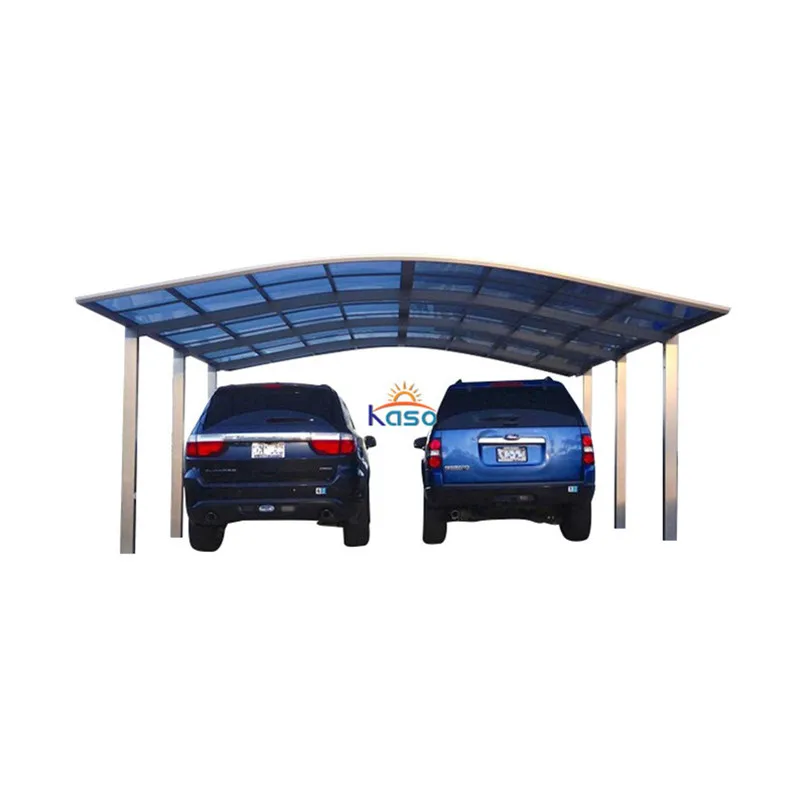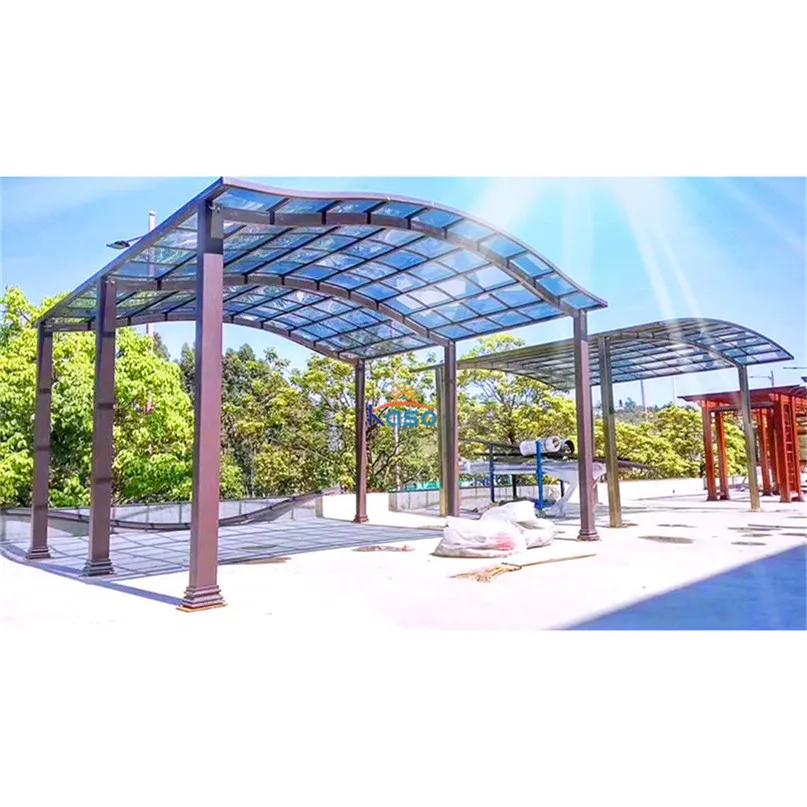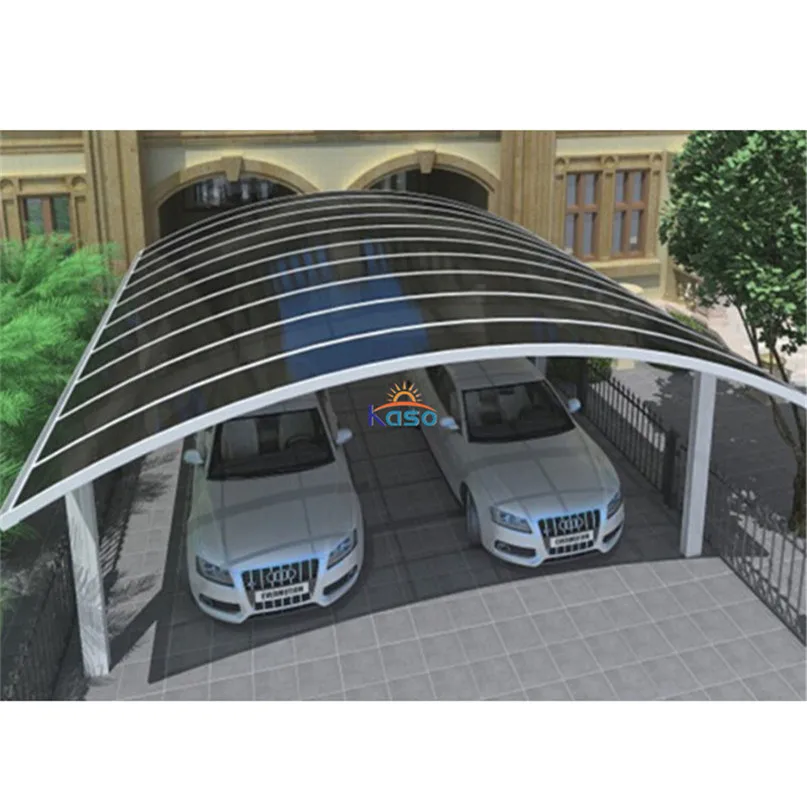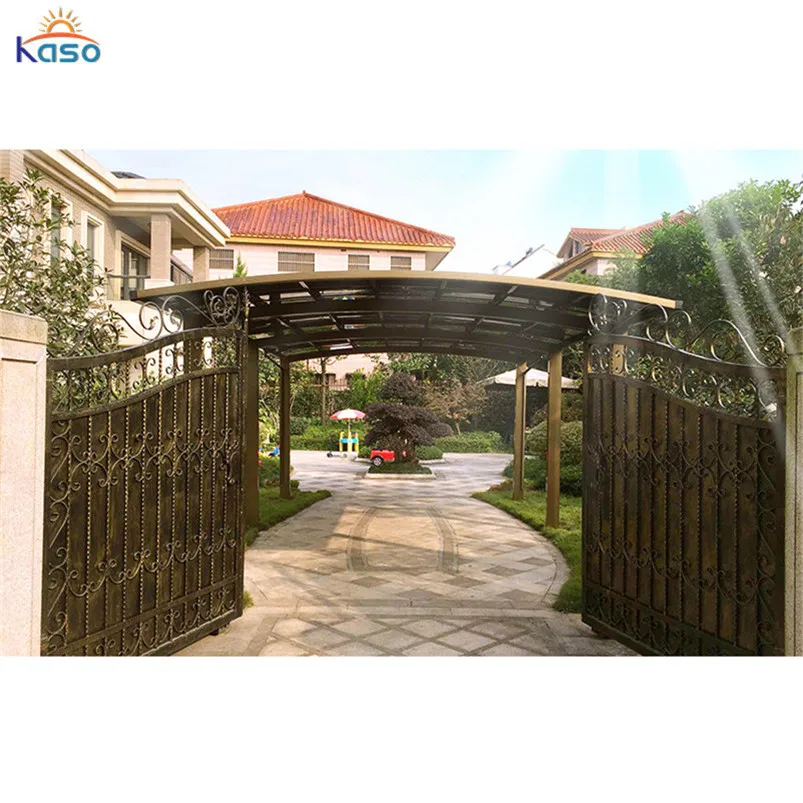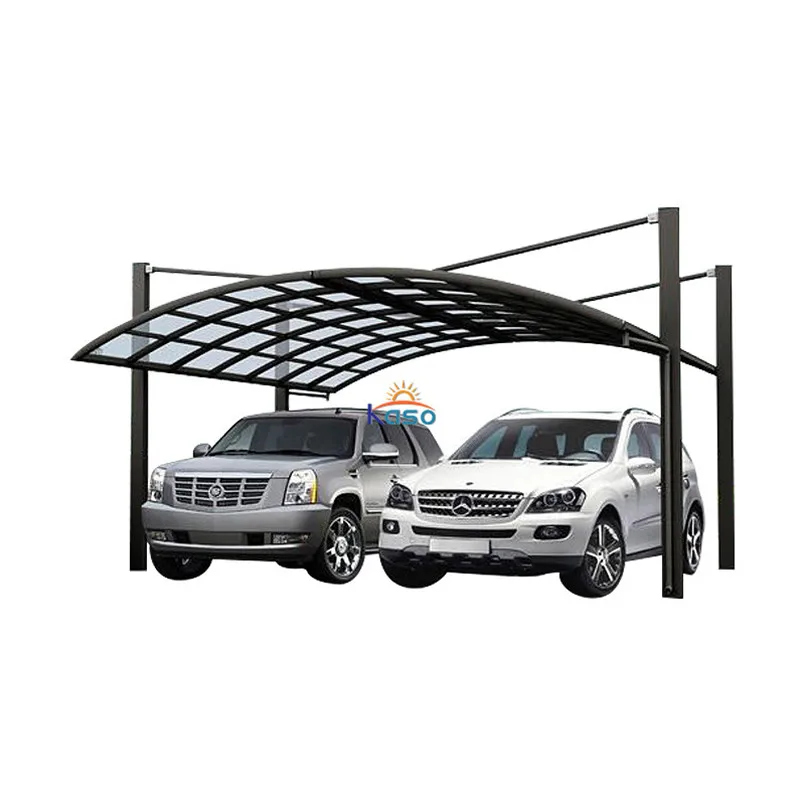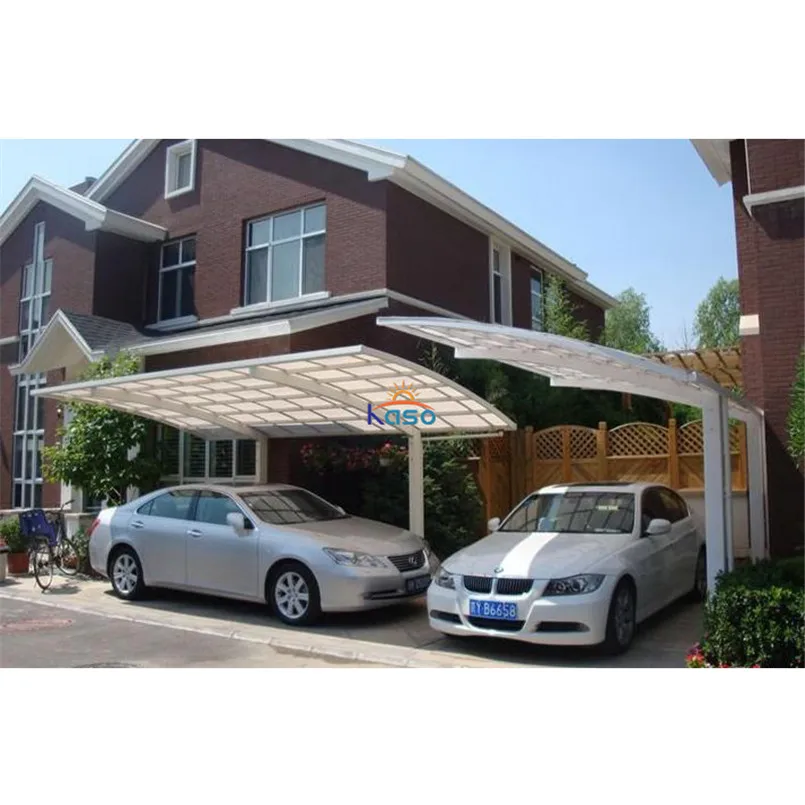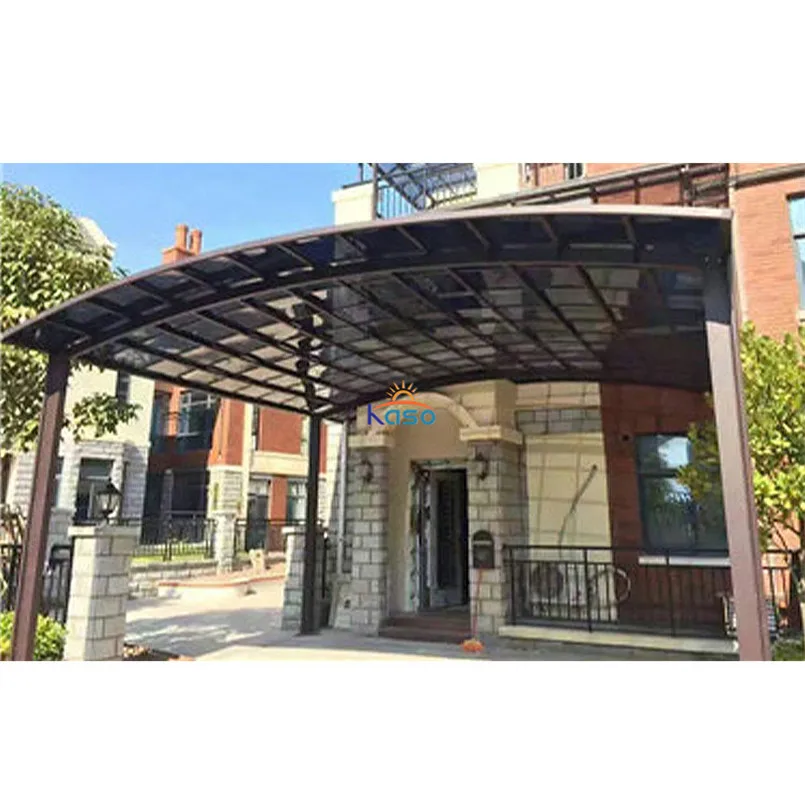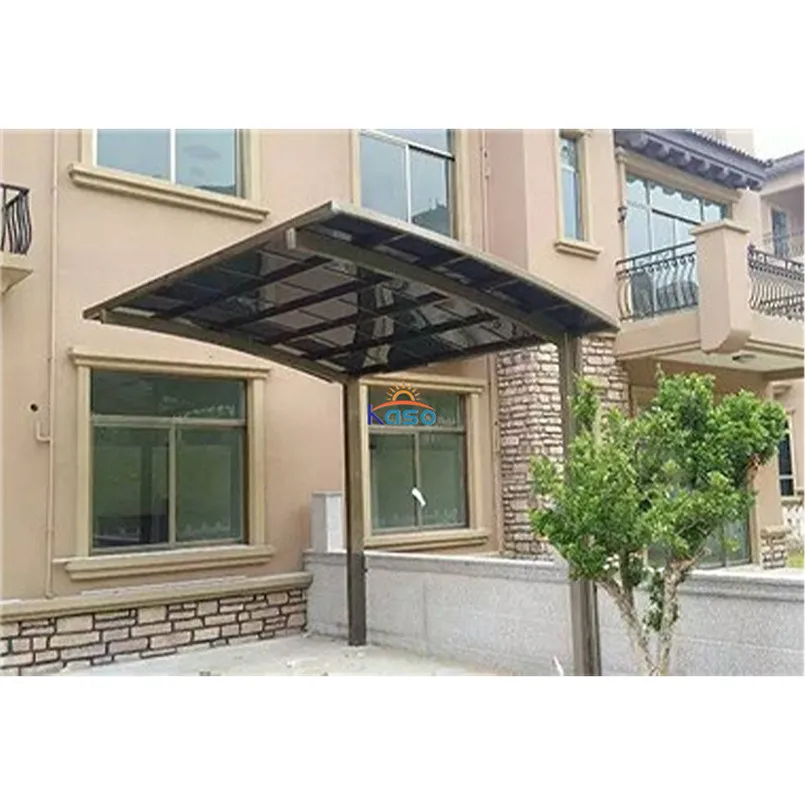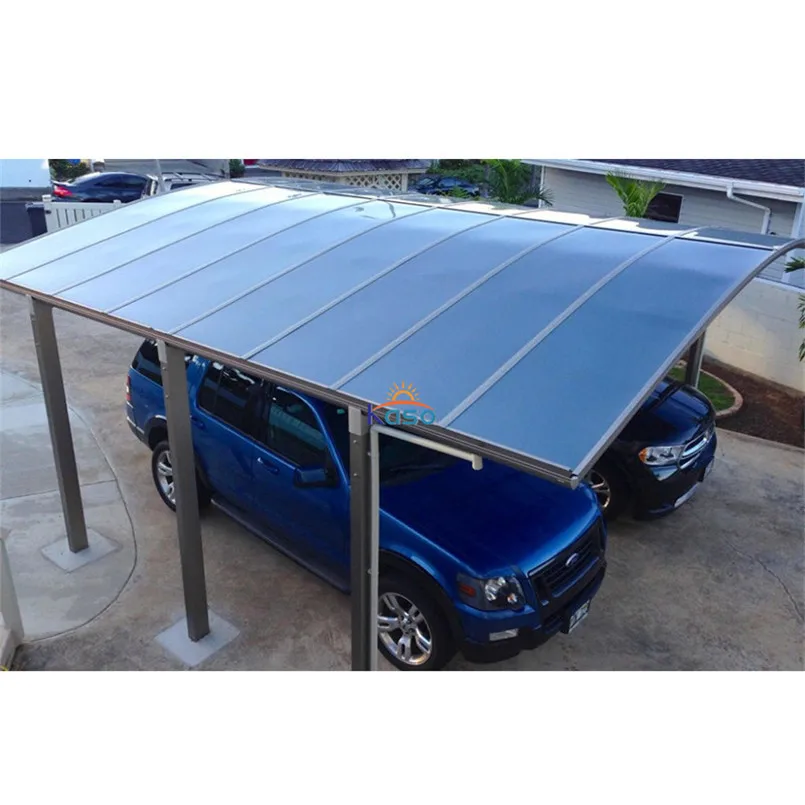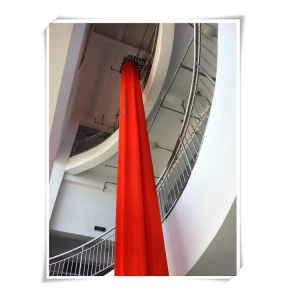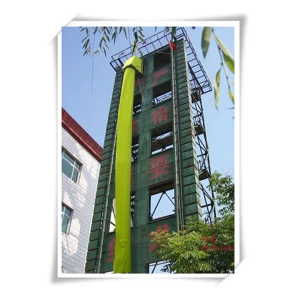Best Indoor Climbers & Play Structures for Kids in 2025
Indoor climbers and play structures are essential for keeping kids active and engaged, especially when outdoor play isn't an option. These versatile toys help develop motor skills, coordination, and creativity while providing endless fun. In this guide, we'll explore the best options available in 2025, how to choose the right one, and what to look for when buying from Chinese manufacturers.
How to Find Reliable Indoor Climbers & Play Structures from China in 2025
China is a leading manufacturer of indoor climbers & play structures, offering a wide range of options at competitive prices. To find reliable suppliers:
- Check certifications like ASTM, EN71, and CPC to ensure safety standards
- Read customer reviews and ratings on platforms like Alibaba
- Request product samples before placing bulk orders
- Verify manufacturer experience (look for 5+ years in business)
- Confirm MOQ (Minimum Order Quantity) and shipping options
What Buyers Should Know Before Buying Indoor Climbers & Play Structures from China
When importing indoor climbers & play structures from China, consider:
- Lead times (typically 30-60 days for production and shipping)
- Customs duties and import taxes in your country
- Packaging requirements to prevent damage during transit
- Warranty and after-sales support options
- Payment terms (30% deposit is common)
Types of Indoor Climbers & Play Structures
The main types include:
Foam Climbing Sets
Soft, lightweight options perfect for toddlers with padded surfaces for safety.
Wooden Climbing Structures
Durable, eco-friendly options that often include slides and climbing walls.
Plastic Modular Systems
Versatile sets that can be reconfigured as children grow.
Rock Wall Combinations
Vertical climbing challenges that can be attached to existing structures.
Functions and features of Indoor Climbers & Play Structures
Modern indoor climbers & play structures offer:
- Multi-functional designs (climbing, sliding, crawling)
- Adjustable components for growing children
- Non-toxic, BPA-free materials
- Easy-to-clean surfaces
- Compact storage options
- Themed designs (jungle, castle, space)
Scenarios of Indoor Climbers & Play Structures
These products are ideal for:
- Home playrooms
- Daycare centers
- Preschools
- Pediatric therapy clinics
- Indoor playgrounds
- Apartment living
How to Choose Indoor Climbers & Play Structures
Consider these factors:
- Age range: Match the difficulty level to your child's abilities
- Space available: Measure your room and check product dimensions
- Weight capacity: Ensure it can support your child's weight
- Safety features: Look for rounded edges, stable bases, and non-slip surfaces
- Material quality: Durable materials last longer and withstand rough play
Indoor Climbers & Play Structures Q & A
Q: What age are indoor climbers suitable for?
A: Most are designed for children aged 1-8 years, with different difficulty levels for various age groups.
Q: How much space do I need for an indoor climbing structure?
A: Compact models need about 4'x4', while larger sets may require 8'x8' or more. Always check dimensions before purchasing.
Q: Are these structures safe for hardwood floors?
A: Many come with protective mats, but you may need additional padding to prevent floor scratches.
Q: Can adults use these climbing structures?
A: Most are designed for children only, with weight limits typically under 100 lbs.
Q: How do I clean and maintain an indoor climber?
A: Wipe with mild soap and water. Check connections regularly for tightness.
Q: What's the average lifespan of these products?
A: Quality structures can last 3-5 years with proper care and moderate use.








